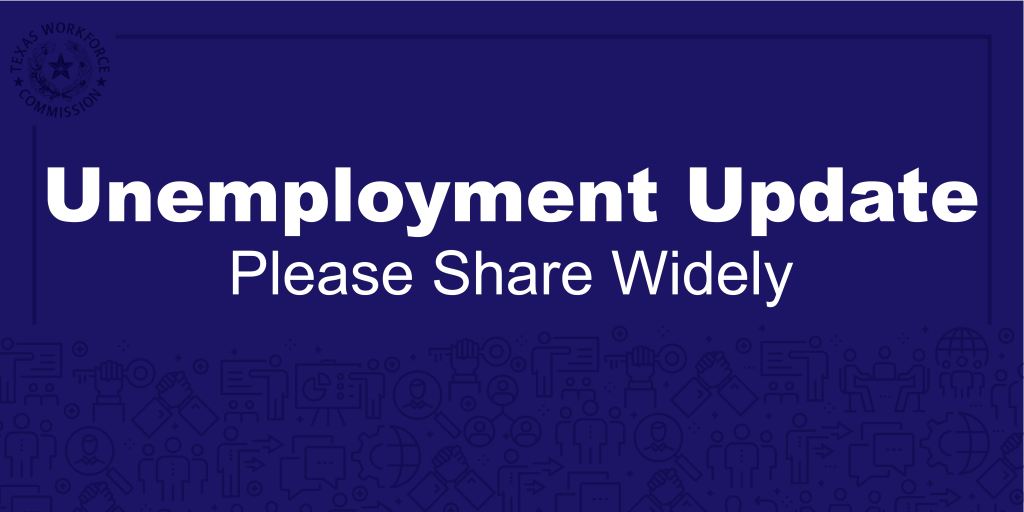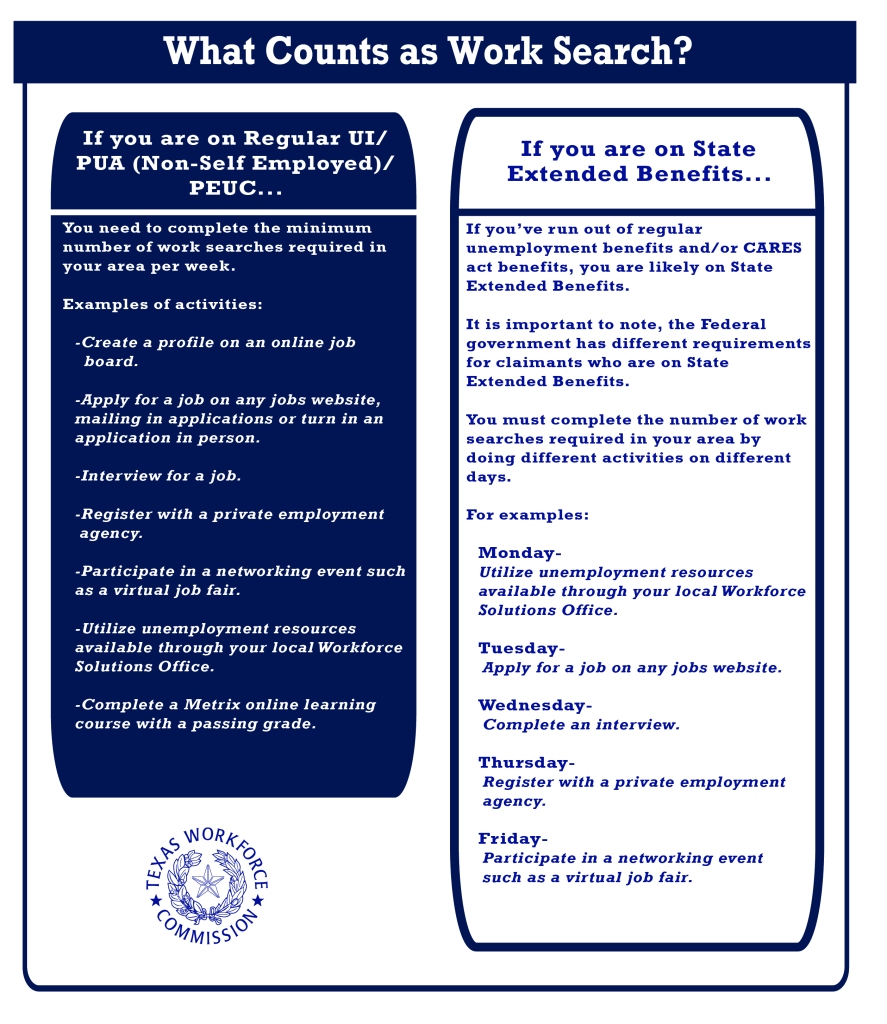In March 2020, the Covid-19 pandemic response resulted in the temporary closure of many businesses including restaurants. While the impact of those initial months has passed, the restaurant industry has continued to navigate how to best serve customers and financially survive the pandemic. Covid-19 is still here, it’s evolving, and with it, restaurants are evolving too. From the initial pivot of how to keep business coming in the door, to how to keep customers and employees safe, to how to recruit and retain employees during uncertainty, it’s time to invest in our future. It’s time to make permanent changes based on what we’ve learned serving customers during the pandemic.

To support you, we’re collaborating with our Texas workforce partners to offer no cost:
- Owner/operator training
- Employee certifications
- Hiring resources and access to thousands of service industry workers
- Child care for service industry workers
Innovative Business Models Increase Restaurant Revenue; Texans Indulge in Alcohol to Go
For many restaurants, innovative business models have been key to financial survival. In 2020, many of you began offering or expanded carryout, curbside pickup, and third-party delivery. Customers appreciate the convenience and expect those options to continue. It’s time to make the long-term physical and technology investments in these revenue opportunities.
A new business model which resulted from the pandemic is alcohol to go. Because alcohol sales make up a large percentage of restaurant revenue, restaurant owners, with support from the Texas Restaurant Association, petitioned for the ability to sell alcohol to go. Diners love the ease and convenience of pre-made cocktails. Alcohol to go is now here to stay. Learn How to Safely Provide Alcohol to go and Delivery
Get access to: “Introduction to The Pivot of the Customer Experience: Delivery, Pick Up, Waiting, and The Role of Technology in Today’s Restaurant”
When Restaurants and Customers Adopt Technology, Everything Clicks
Over the past three to five years, restaurants have been implementing new technology like digital menus, self-order kiosks, and third-party delivery apps. But adoption of restaurant technology spiked during the pandemic. Customers prefer contactless ordering, and restaurants responded to meet the demand. Learn how to implement new technology for:
- Scannable QR code menus
- Online ordering for carry-out dining
- Third-party and in-house meal delivery
Customers Appreciate Safety and Crave Ambience
Many of you adjusted your interior and exterior dining space to improve safety based on what we learned about Covid-19 spread. But even as Texans began to feel more comfortable dining out and as we began to get vaccinated, many continued to crave that extra space and the ambience provided by distanced dining and outdoor dining. There’s opportunity to meet demand with long-term enhancements or expansion of your interior and exterior dining space.
Get access to: “Making the Most of Your Restaurant Space”
Take Care of Your Employees, and They’ll Serve Your Customers
The pandemic brought a reminder: we have to take care of each other. And each of us has different physical and mental health situations which are impacted differently. Most restaurant owners understand the importance of staff to the operation of your business. But the pandemic changed the world we live in and our sense of safety and security. This impacted worker retention across many industries. To help workers feel comfortable with return to work, many restaurant operators adopted new safety procedures. Social distancing, plexiglass barriers, and mask and temperature check policies are just a few. Now is the time to implement permanent changes and improve employee communications. If you take care of your staff, they’ll show up to serve your customers.
Get access to: “Surviving Beyond the Pandemic, An Owner’s Manual”
Free Certification for Restaurant Workers
When it comes to hiring, you’ve got to consider industry certifications. Many of you indicated your workers need help getting re-certified upon return to work. And many of you told us you expect some workers to never return, identifying a need to recruit new workers who need to pursue certification for the first time. Our partnership with Texas Workforce Commission has resulted in free access to state required certification for ServSafe Food Handler and Texas Alcoholic Beverage Commission Seller/Server Certification.
Help Workers Find Free Child Care to Help Them Get Back to Work
There’s a brand new child care program for service industry workers, including food services workers, who need assistance with child care while they are getting back to work. The new Service Industry Recovery program uses federal COVID-relief funds to provide income eligible workers for twelve (12) months of eligibility. You can learn how to help your employers determine their eligibility by contacting your local workforce office.
Hire Restaurant Workers Through the WorkInTexas.com Job Matching Site
Finally, if you need help finding and recruiting workers, check out the state’s no cost job-matching site WorkinTexas.com, and you’ve got access to staff at 180 workforce development board offices around the state. Texas Workforce Solutions is here to help you find and recruit workers in your area. Our TRA members throughout the state are coordinating regularly with our workforce partners to conduct local hiring events. Get a hiring event scheduled by contacting your local workforce office.

- Post jobs at no cost
- Use labor data to plan wages
- Match to qualified talent






